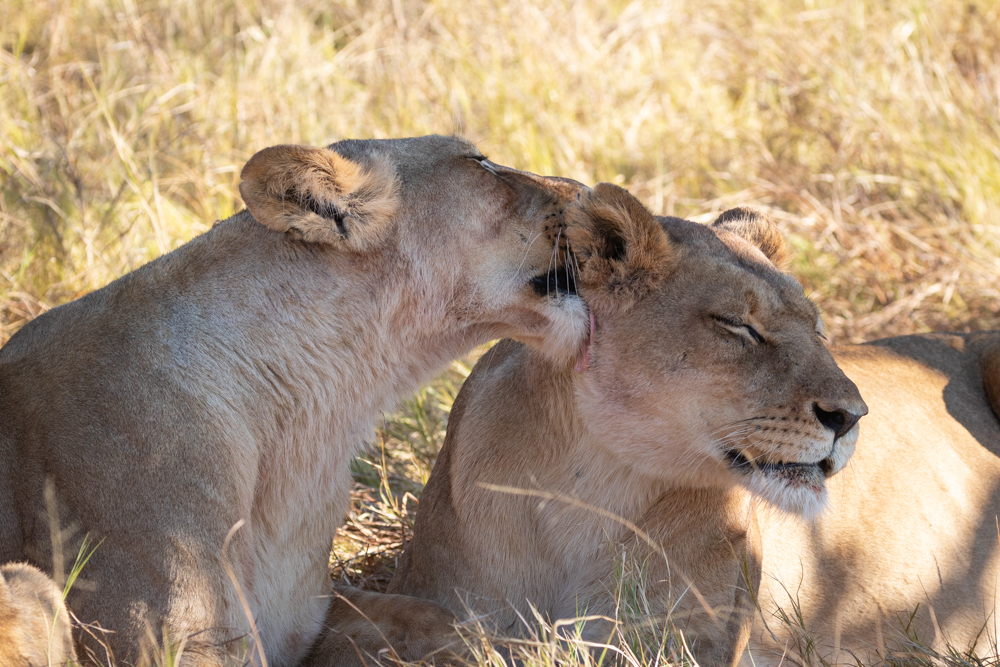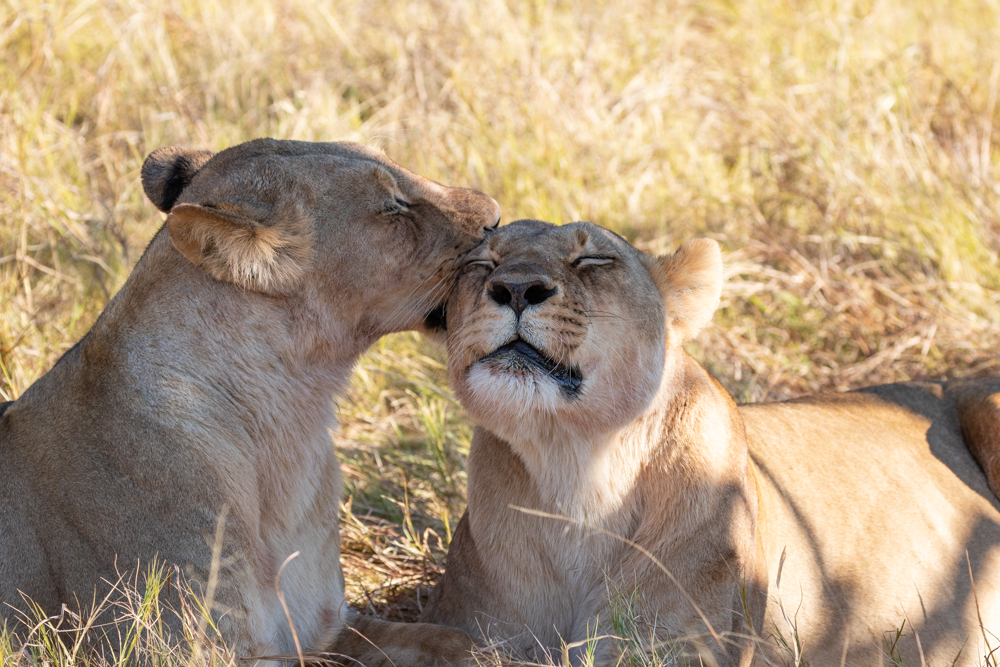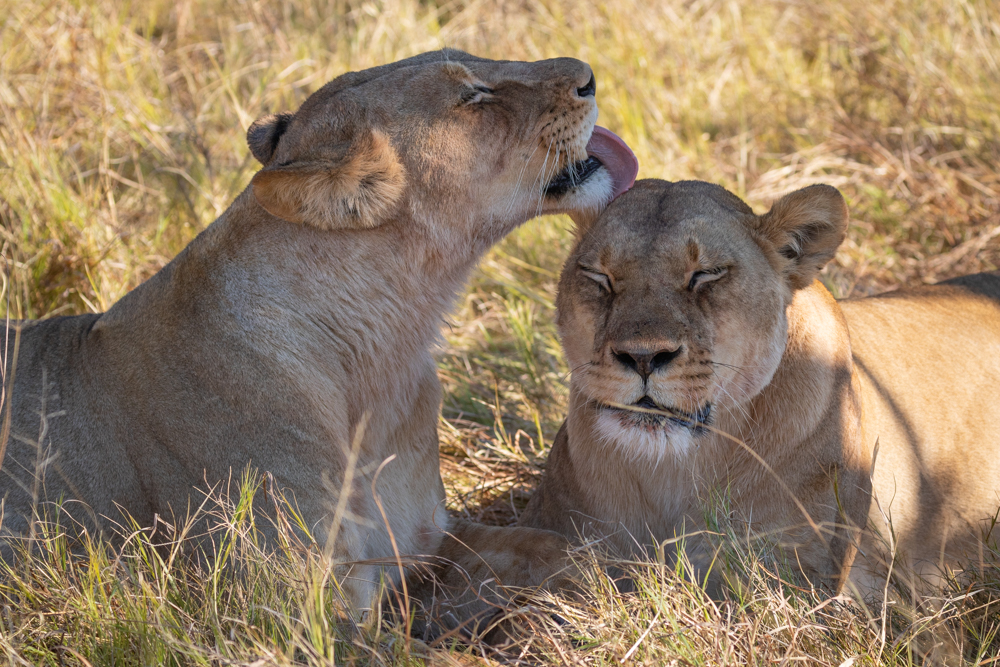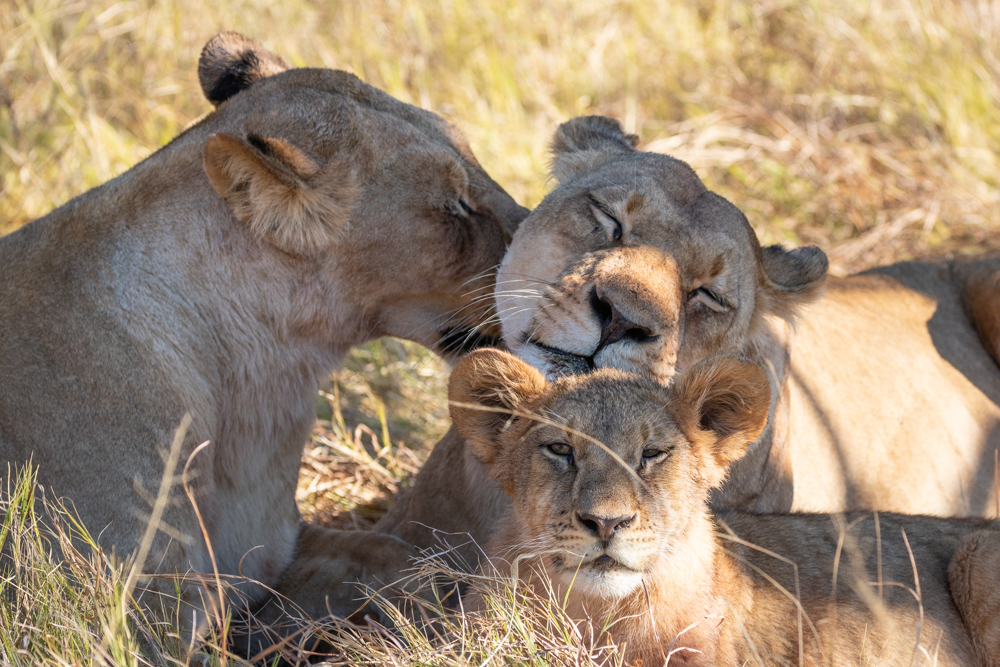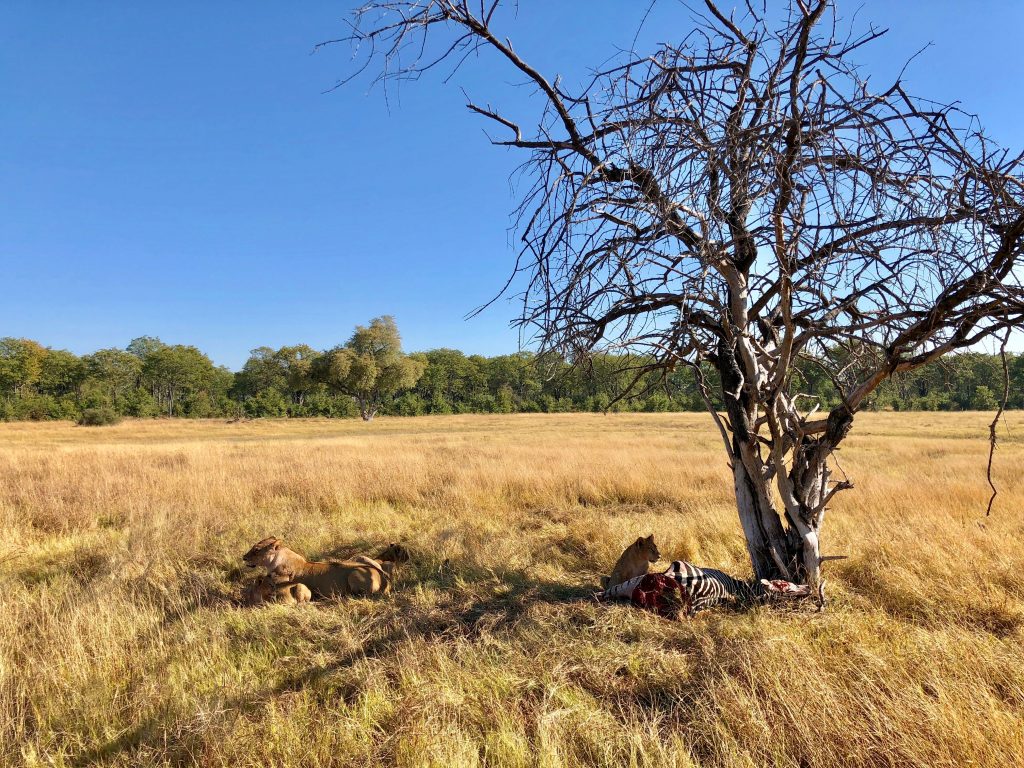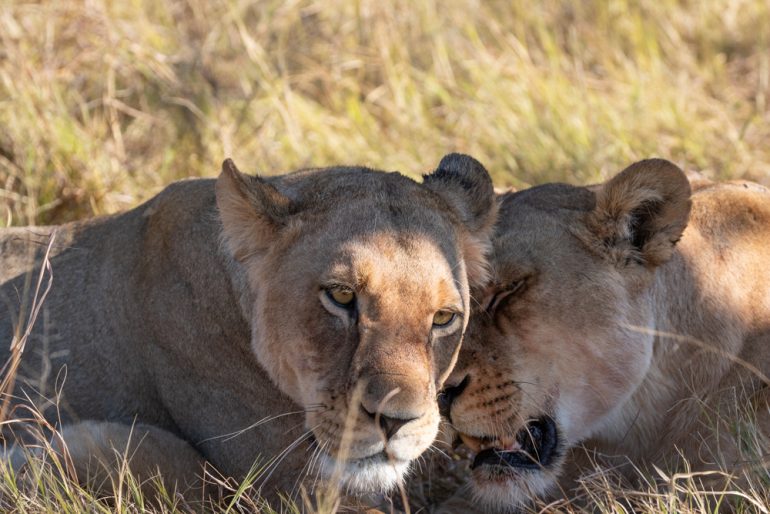from Livingston, Zambia.
“We can’t stop poaching without addressing poverty,” says Quentino, our guide in the Mosi-oa-Tunya National Park, just outside of Livingston, Zambia. I’m in the region because I want to see Victoria Falls, considered to be the largest waterfalls in the world. But as we drive through the park, I ask Quentino if there are lions (because I love lions) and he says, no. Zambia has no more wild lions. They were all hunted.
There’s more: Zambia’s elephant population has declined by about 90% due to poaching. Its black rhino population is extinct from poaching. Some in the Zambian government are making an effort to crack down on poaching, but others argue that the root cause of poaching needs to be addressed—the demand for elephant and rhino tusks coming from wealthy men in China and South East Asia. But local communities often work with poachers. The poachers pay off locals to stay quiet, guide them to the animals, or sound an alarm if law enforcement comes around. “Poachers are like the mafia,” Quentino explains. “They provide jobs, they give a community gifts and money, and if you try to stop them…” His voice trails off. “But poverty plays a huge role, and that’s why we must address it to stop poaching.”
Zambia hosts a unique program to breed white rhinos. In the national park, Mosi-oa-Tunya, live 13 white rhinos who are guarded 24/7. In the late afternoon, we walk through the park to find these rhinos accompanied by two armed rangers. “They have permission to shoot to kill if they see anyone near the rhinos who isn’t supposed to be here,” Quentino explains.
We find the rhinos eating. They are so peaceful, these creatures, lumbering and prehistoric-looking and intent on grazing. They remind me of cows, the way cows know that you’re there but they don’t really pay much attention to you—just wanting to nibble that next bit of grass. These creatures need to eat so much every day to stay alive. We’ve been told that if we get too close, the male rhino might get upset and come towards us (or charge us) and that if that happens we need to follow their instructions carefully. The rangers may tell us to “step to the right,” or “to the left,” and we shouldn’t run but just do what they say. But the rhinos just eat and eat.
The current poaching crisis in Africa began in Zimbabwe in 2008 as that country’s economic and political situation crumbled. Poachers then spread throughout the region, into Kenya, South Africa, Mozambique and Zambia. We’re told that across the continent, an elephant is killed for its tusks every 15 minutes. Between 2007-2014, the elephant population in Africa has declined by 30%. This is due not only to the demand for ivory, but also to climate change and reduced space for elephants to roam. It’s so hard for me to hear about animals being killed, to see photos of heaps of massacred elephants. In South Africa alone, 1,028 rhinos were killed in 2017. Rhinos have existed for some 50 million years but may soon be extinct. The problems facing the region feel daunting—poverty, climate change, reduction of open land, increasing demand for ivory from abroad. Everything is connected.
As Quentino described the challenges of stopping poachers, my mind was still vivid with what I’d seen that same morning. I’d woken up in the Okavango Delta, in Botswana, and before heading to the air strip, we’d spent a good hour or two (I lost track of time) watching lions eat breakfast. We’d watched this same pride—3 lionesses and their cubs—for several days. We’d seen them walking in the night, accompanied by their two tiniest babies, cubs the size of kitties who might have only been a few weeks old. Those cubs had been hidden the other times we saw the group—these gorgeous, competent lionesses teaching their cubs to hunt, the cubs playful and cuddly and tumbling over each other. And then we’d awoken on our final morning to learn that the pride had hunted a zebra in the night. We found them in a small patch of shade under an acacia tree eating. Somehow it was just beautiful and felt so right.
Lions, I learned, have very fast metabolism. They need to eat their kill quickly before other animals steal it. So they eat as much as they can, and then they sleep and sit and pant which helps their body process the food. And then they poop and eat more. And before and after all of that, they lick each other—to clean the spots that they couldn’t reach themselves, and also as a bonding ritual. They are magnificent, these creatures. And the day before that, we’d seen over 100 elephants bathing in a river, walking together, gently grazing on grasses, nudging their babies along the dirt paths.
Over and over, I ruminate: how could people kill these peaceful and beautiful creatures? They are just minding their own business, living their quiet lives, caring for their young. And it’s a moment when I feel overwhelmed. Sad, very sad. I recognize despair in myself, the emotion I’m most afraid of. Hopelessness. And rather than try to talk myself out of it, give myself reasons for hope and push myself to see the bright spots, I just let myself have those feelings. Because poverty and greed and underdevelopment and the legacy of colonialism and the extinction of beautiful creatures is very sad.

